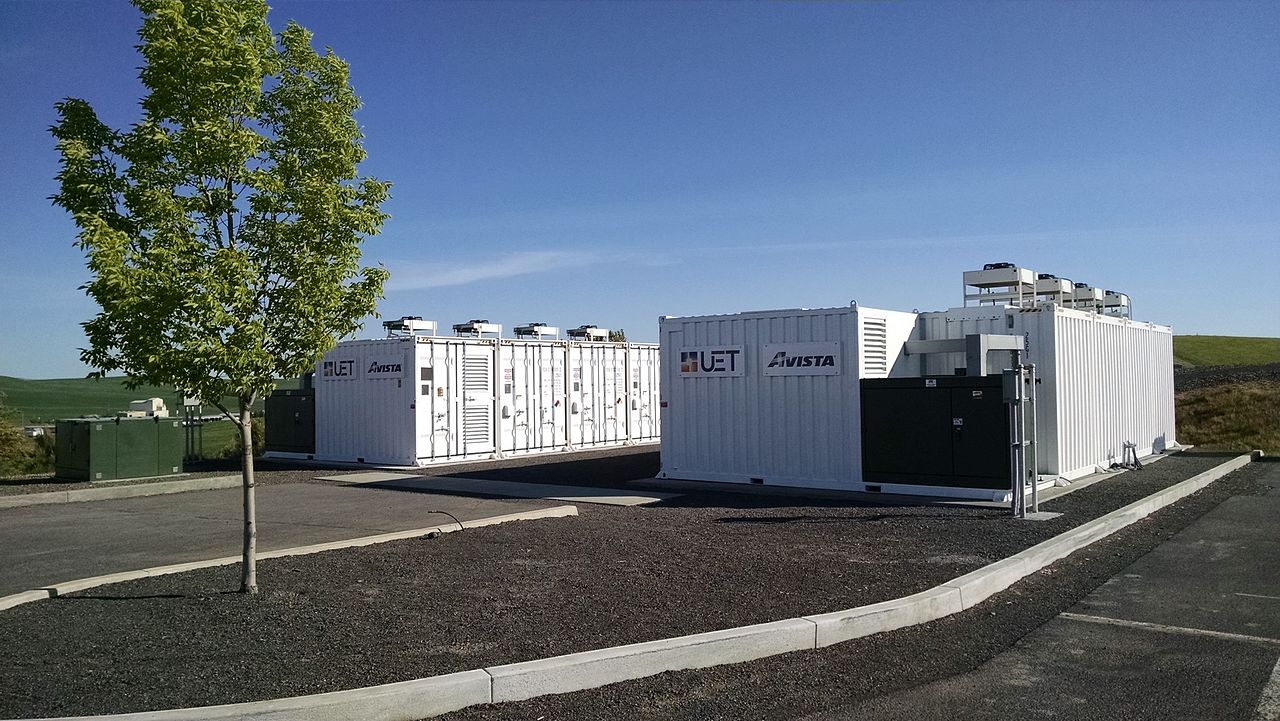Can Renewable Energy be Stored?
Energy is an indispensable part of our lives, powering everything from cell phones to entire cities. In the era of climate change and the rapid growth of renewable energy sources, an important question comes into play: Can renewable energy be stored? This question resonates more deeply as we make efforts to transition away from fossil fuels to more sustainable options such as solar power and wind energy.
Harnessing and Storing Green Energy: A Potential Game-Changer
How is Renewable Energy Stored?
Storing renewable energy isn’t as straightforward as simply plugging into a wall socket. Energy storage technologies vary in type, size, and application, each with its own benefits and challenges. The following are some of the most promising:
Battery Storage: Lithium-ion batteries are popular in small devices like cell phones and electric vehicles. However, they’re also being upscaled for grid storage. Lead-acid batteries and vanadium flow batteries are other viable options. Battery storage allows for surplus energy to be stored for later use, offering significant cost savings.
Thermal Energy Storage: Molten salt and other thermal storage technologies store excess energy from solar power or other sources as heat, which can later be converted back into electrical energy.
Hydroelectric Storage: A time-tested method, hydroelectric storage uses excess energy to pump water into a higher reservoir, storing energy as potential kinetic energy. The water can be released to generate electricity during peak demand.
Air Energy Storage: Air energy storage uses excess electricity to compress air, storing the energy in the pressure. When electricity is needed, the air is released, and the pressure is used to turn a generator.
Why is Renewable Energy Storage Important?

Renewable energy storage is crucial in the fight against climate change. Fossil fuels like natural gas and coal contribute significantly to greenhouse gas emissions. Therefore the shift towards green energy can make a major difference.
According to the U.S. Department of Energy, energy storage technologies are paramount for integrating high levels of solar and wind power into the electrical grid effectively. This is because, unlike fossil fuel power plants, renewable electricity supply from sources like solar panels and wind turbines is variable – it isn’t always available when demand is high.
For instance, solar generation peaks during daytime hours when the sun is shining. But what about night time or cloudy days when solar panels can’t produce enough energy? That’s where energy storage technologies come in. Storing surplus energy generated during peak times for use when needed.
Lithium-Ion Batteries: A Leading Solution
While several solutions are being explored, lithium-ion batteries currently represent the best option for renewable energy storage. According to Barath Raghavan, a researcher on sustainability and computing systems, lithium-ion batteries offer high energy density. Plus a longer life cycle, and fast charging and discharging rates. Making them ideal for both small and large-scale applications.
Nevertheless, it’s important to recognize that lithium-ion batteries are not without their drawbacks. They rely on raw materials, such as lithium. these are finite and have significant environmental and human rights concerns associated with their extraction.
Thermal Storage: A High-Potential Option
Thermal storage is another promising option. For example, the Andasol solar plant in Spain uses molten salt as a thermal energy storage medium. Enabling it to produce electricity even when the sun isn’t shining.
Energy Vault, an energy storage company, is experimenting with storing thermal energy as potential energy in large concrete blocks. This excess energy can then be used when needed, making renewable energy more reliable and flexible.
Indeed, storing renewable energy is a complex challenge that requires advanced research and different technologies. But the potential benefits – in terms of both reducing climate change and enabling a more sustainable energy system – are enormous. The question, then, is not so much “Can renewable energy be stored?” but rather “How can we improve the technologies and systems we have for storing it?”
Now, we’ve reached our 500-word limit, but there’s still so much more to cover about renewable energy storage. We’ll continue in the next section, discussing the role of different renewable energy sources. Plus their specific applications in the energy storage field, and the future of renewable energy storage.
The Role of Different Renewable Energy Sources in Storage
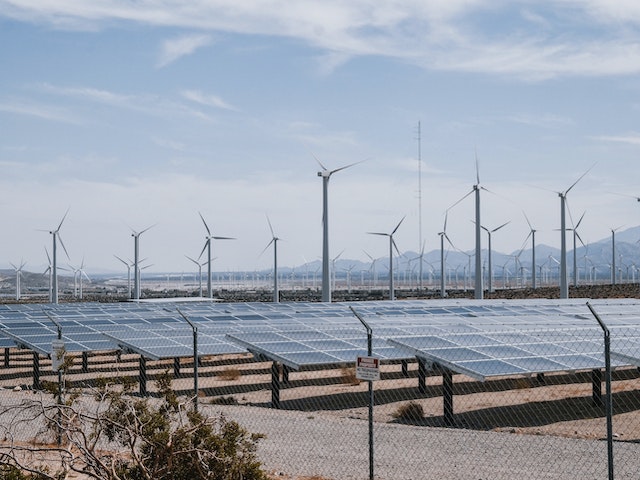
Renewable energy comes in many forms, each with its own specific applications and storage methods. Here’s how some of the most common sources factor into the energy storage equation:
Solar Power: Sunshine Today, Power Tonight
Harnessing energy from the sun is arguably the most recognized form of renewable energy, thanks to the ubiquity of solar panels. This surplus energy generated during the daytime hours can be stored in batteries, most commonly lithium-ion, for later use when the sun isn’t shining. Alternatively, concentrated solar power plants use molten salt to store solar energy as heat. Which is converted into electrical energy as needed.
Wind Energy: Power from the Air
Like solar power, wind energy is dependent on environmental conditions – it requires, well, wind. This makes energy storage critical for times when the wind isn’t blowing. Excess wind energy can be stored in a variety of ways, including lithium-ion batteries. And even hydroelectric storage, where surplus electricity is used to pump water uphill for later generation.
Hydroelectric Power: The Energy Reservoir
Hydroelectric power traditionally doesn’t require storage – it uses the water in a reservoir to generate power on demand. However, pumped-storage hydroelectric dams are becoming more common. In this system, water is pumped uphill to a higher reservoir when excess electricity is available and then released to generate electricity during peak demand.
The Future of Energy Storage: Emerging Technologies and Innovations
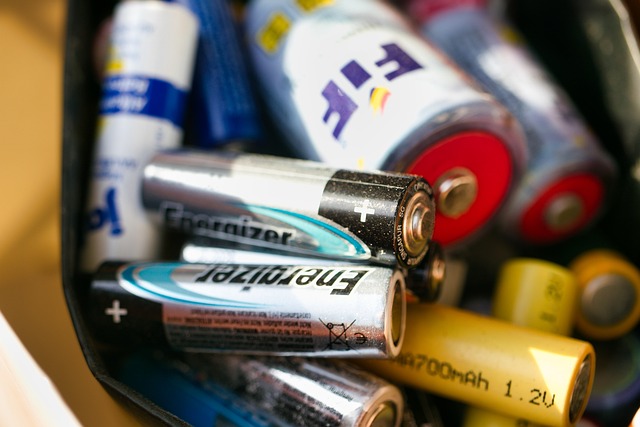
As we move towards a future powered by renewable resources, research into more efficient and cost-effective energy storage technologies is in full swing. Let’s look at some promising developments:
Advanced Battery Technologies
While lithium-ion batteries currently dominate the market, their reliance on finite, hard-to-extract materials is problematic. This has prompted research into alternative battery technologies. For instance, research funded by the Advanced Research Projects Agency-Energy (ARPA-E) is exploring next-gen batteries, including those using abundant materials like magnesium and calcium.
Gravity-Based Energy Storage
Energy Vault’s novel approach to gravity-based energy storage, as mentioned earlier, demonstrates the potential of thinking outside the box in the quest for effective energy storage. This method uses excess electricity to lift large concrete blocks, storing the energy as potential energy. When energy is needed, the blocks are lowered, and the potential energy is converted back into electricity.
Fuel Cells: Storing Energy as Hydrogen
Fuel cells represent another promising avenue for storing renewable energy. Excess electricity is used to electrolyze water, producing hydrogen that can be stored and later used to generate electricity in a fuel cell. This approach is particularly suited to long-term storage and could be crucial in managing seasonal variations in renewable energy supply.
Thermal Energy Storage Innovations
Researchers are investigating other materials and methods for thermal energy storage, expanding beyond traditional molten salt. For instance, some are looking at storing thermal energy in ceramics or even in phase-change materials that absorb or release energy when they melt or solidify.
The revolution in renewable energy storage technologies signifies a transformative time in our approach to energy consumption and climate change mitigation. By continually developing and refining these technologies, we can not only answer the question “Can renewable energy be stored?” but also significantly impact our planet’s health and the sustainability of our energy systems. However, these technologies also come with their own set of challenges, which we will explore in the next section.
The Challenges and Opportunities of Storing Renewable Energy
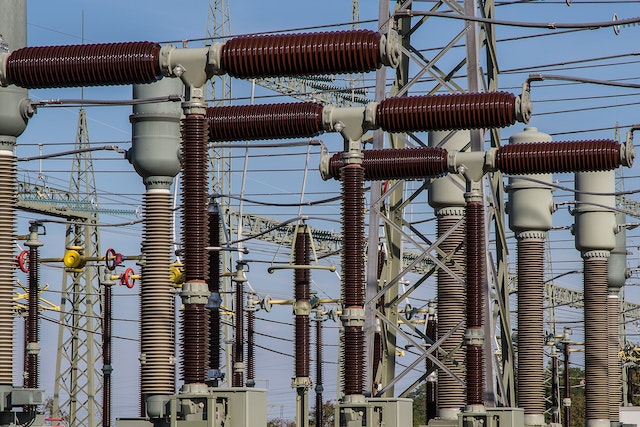
While renewable energy storage offers an array of promising solutions, it is not without challenges. These obstacles must be acknowledged and addressed as we shift towards a more sustainable future.
Infrastructure and Grid Integration
Integrating renewable energy storage into the existing power grid is not a simple task. Grid operators must balance supply and demand, and the intermittent nature of renewable resources can complicate this process. Infrastructure must be updated and optimized to handle not only the storage of renewable energy but also the return of this stored energy to the grid during peak times.
Technical Challenges and Limitations
Each storage technology comes with its own set of technical challenges. For instance, lithium-ion batteries face issues of capacity degradation over time, while thermal storage solutions require careful management to prevent energy loss. Researchers are working tirelessly to address these challenges, but significant progress is still needed.
Economic Considerations
The cost of renewable energy and storage technologies has been dropping steadily, making renewable energy more competitive with traditional fossil fuels. However, the initial investment for large systems and infrastructure can be substantial. Governments and private enterprises need to recognize the long-term cost savings and environmental benefits to justify the upfront costs.
Environmental and Geographical Factors

While renewable energy storage technologies have a smaller environmental impact than fossil fuels, they are not completely impact-free. Battery production requires mining for raw materials, and some storage methods, like pumped hydro storage, require specific geographical features. Further, the production of materials for renewable energy systems can also produce greenhouse gas emissions, although much less than the operation of fossil fuel power plants.
Moving Forward: The Bright Future of Renewable Energy Storage
Despite the challenges, the future of renewable energy storage is undeniably bright. As the demand for clean energy continues to rise, so too does the innovation and investment in storage solutions.
Policy Support and Incentives
Government policies play a vital role in the advancement of renewable energy and storage technologies. Policies that incentivize renewable energy production and storage, such as tax credits or feed-in tariffs, can accelerate adoption. In the United States, the Department of Energy has made renewable energy a priority, offering grants and funding for research and development.
Technological Advancements
Technology is continually evolving, and renewable energy storage is no exception. The use of AI and machine learning, such as Recurrent Neural Networks, can optimize energy generation, storage, and consumption. These tools can predict energy demand and supply, improving the efficiency and reliability of renewable energy storage.
Increased Public Awareness and Demand
The growing public awareness of climate change and environmental issues has led to increased demand for renewable energy. As consumers choose electric vehicles and solar panels for their homes, the need for renewable energy storage will only increase.
The journey towards a sustainable future powered by renewable energy is complex. However, the question is no longer “Can renewable energy be stored?”, but “How can we improve the efficiency and affordability of renewable energy storage?” As we continue to innovate and refine these technologies, we’re making progress towards a future where clean, renewable energy is not just a dream, but a reality.

Frequently Asked Questions about Renewable Energy Storage
In this section, let’s address some frequently asked questions about renewable energy storage.
How does energy storage help to balance supply and demand?
Energy storage helps balance supply and demand by storing excess electricity when production exceeds consumption, such as during the daytime for solar power. The stored energy can then be released back into the grid when demand exceeds production, such as during peak power usage hours in the evening.
What are the environmental benefits of renewable energy storage?
Storing renewable energy reduces reliance on fossil fuels, which are the primary source of greenhouse gas emissions contributing to climate change. By using stored renewable energy during periods of peak demand, we can avoid the need for peaking power plants, often powered by natural gas, that have a higher rate of emissions.
What role do batteries play in renewable energy storage?
Batteries, particularly lithium-ion batteries, are a crucial part of renewable energy storage. They store excess electricity generated from renewable sources as chemical energy, which can be converted back into electricity when needed. This makes them ideal for both small-scale uses, like in electric vehicles or homes, and larger-scale uses, like grid storage.
Can renewable energy be stored on a large scale?
Yes, renewable energy can be stored on a large scale. There are several methods, including pumped hydro storage, thermal energy storage, and even large-scale battery installations.
Can Renewable Energy be Stored Conclusion
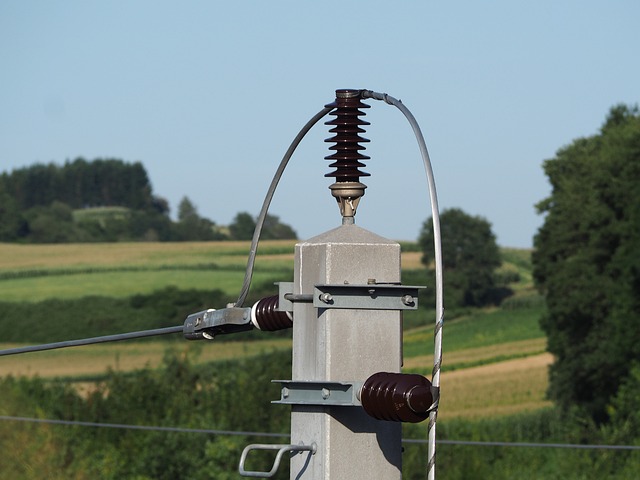
Can Renewable Energy be Stored? As our world grapples with climate change and the need to transition from fossil fuels to renewable energy sources, the importance of energy storage has never been more apparent. The ability to store energy for later use not only enhances the reliability of renewable energy but also helps to balance the electricity supply and demand, reducing the need for fossil fuel-powered peaking power plants.
The future of renewable energy storage lies in a mix of technologies. Lithium-ion batteries, hydroelectric storage, thermal storage, and emerging technologies are all part of the solution. But while these technologies offer promising potential, challenges such as infrastructure needs, technical limitations, economic considerations, and environmental factors must be addressed.
The question, “Can renewable energy be stored?” can be answered with a resounding yes. However, we are still learning how to do this efficiently, economically, and at scale. With continued research, investment, and policy support, we are moving closer to a future where renewable energy is not just an addition to the grid but the backbone of our energy system.
The transition to renewable energy is not just about generating green power. It’s about changing our approach to energy entirely – producing it cleanly, using it wisely, and storing it efficiently. It’s a complex challenge, but one that we’re making progress on every day.
The Journey Ahead
The global movement towards renewable energy is picking up speed, and the rapid growth in renewable energy storage is a testament to that progress. From the gleaming arrays of solar panels to the sleek design of electric vehicles and the promising advances in battery technology, it’s clear that renewable energy is not just a dream for the future – it’s a reality today.
As we look ahead, we remain hopeful and excited about the potential of renewable energy storage. The journey to a clean energy future is one we’re all on together, and every step forward is a step towards a healthier planet.
Recent Posts
Comparing Onshore and Offshore Wind Energy Generation As the world increasingly seeks sustainable alternatives to fossil fuels, wind energy has become a critical component of the renewable energy...
Unit for Potential Energy The unit for potential energy is a fundamental concept in physics, representing stored energy within an object due to its position or configuration. Whether...


